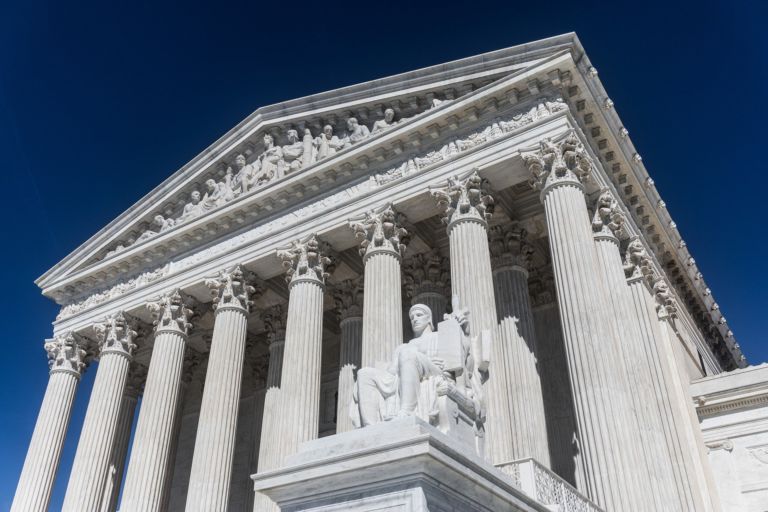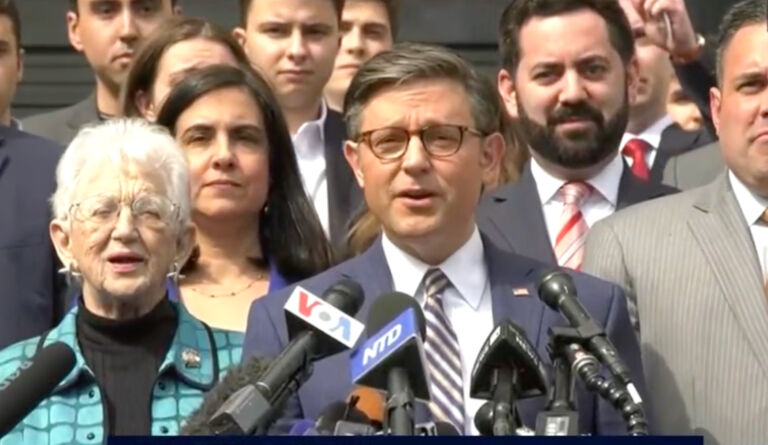Most of us are familiar with the federal government’s programs providing free breakfast and lunch in public schools. Increasingly, though, schools are now providing free dinner:
The Healthy, Hunger-Free Kids Act, signed into law by President Barack Obama in December 2010, provides federal funds for the after-school dinner program in areas where at least half the students qualify for free or reduced price lunches. Before the change, the program was limited to 13 states and the District of Columbia. Most states had provided money for only after-school snacks.
Since the change, districts have started rolling out dinner programs both in states newly able to offer them and states like Missouri where funding was available previously but districts didn’t always know about it. The Congressional Budget Office estimates there will be almost 21 million additional suppers served by 2015 and that number will rise to 29 million by 2020. The added spending would total about $641 million from 2011 to 2020.
Advocates for the poor praise the program, but there have been complaints from conservatives who question whether the schools should be feeding kids three meals a day. Radio talk show host Rush Limbaugh asked on-air in November, “Why even send the kids home?”
A chief concern here is the encroachment of federal entitlements into the American middle class. This after-school dinner program is reserved for poor students, but increasingly these entitlements are seeping into the middle class. For instance, a family of four earning $43,000 a year can qualify for reduced-price lunches in the public schools. That’s approaching the median household income in the United States of $51,000 per year.


